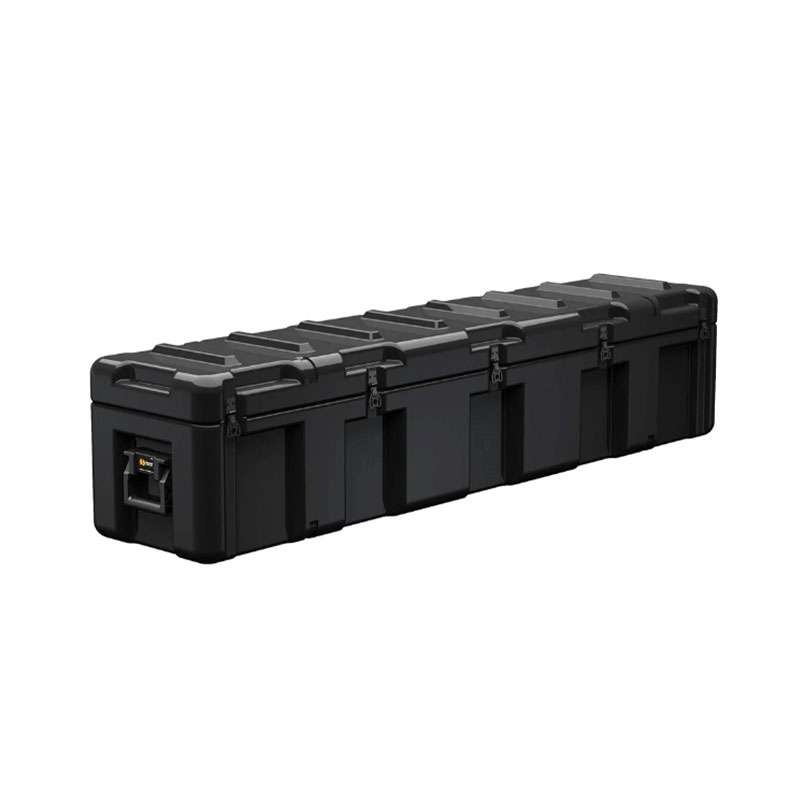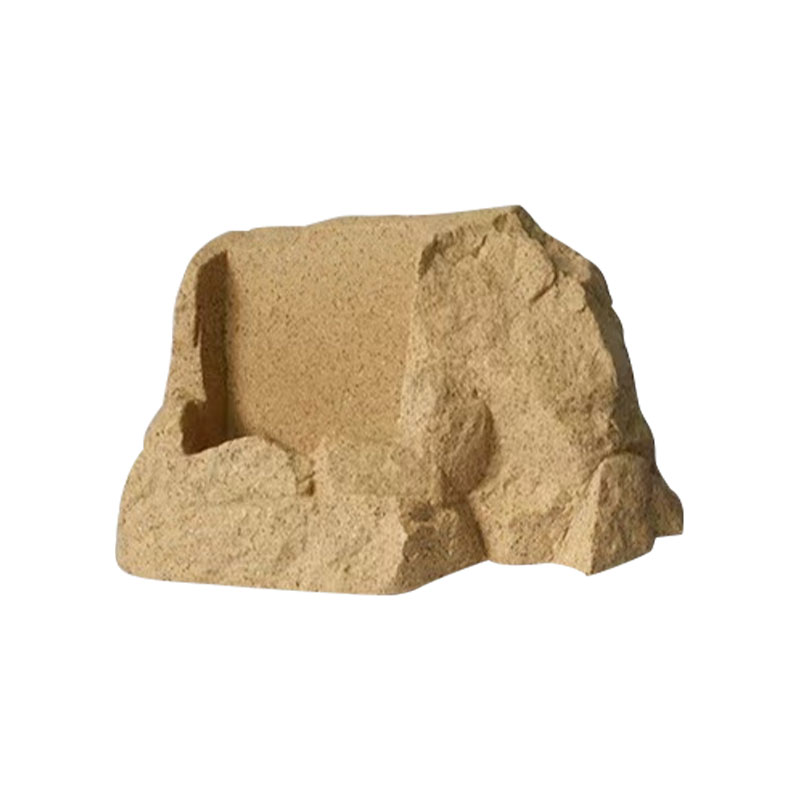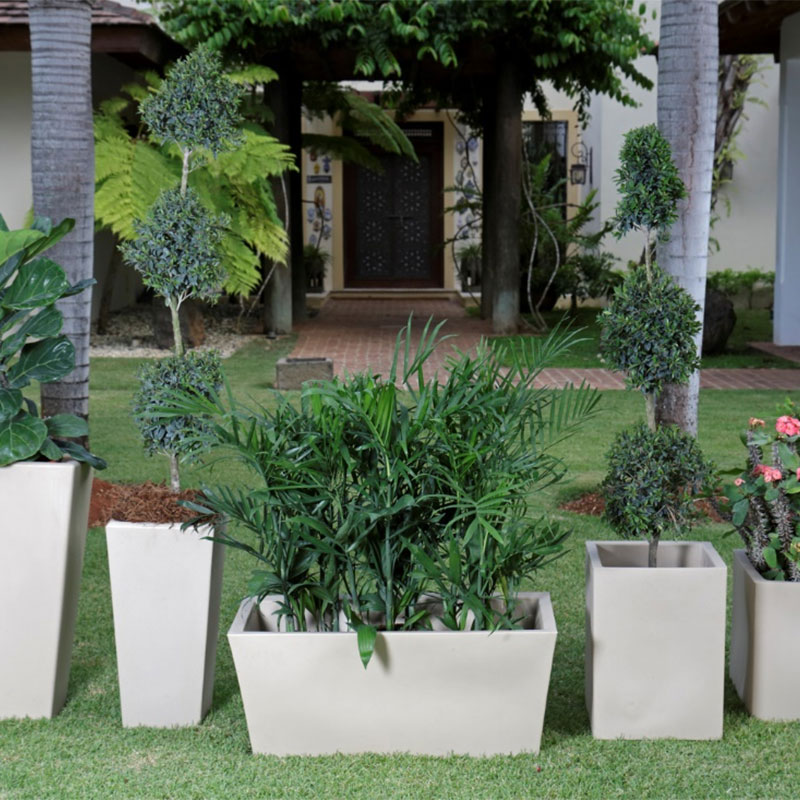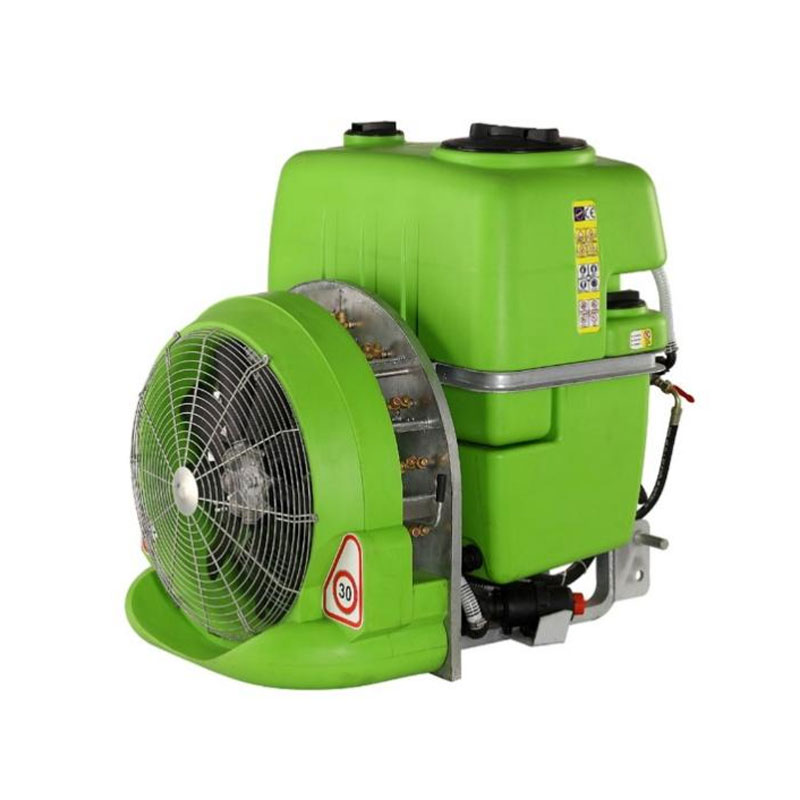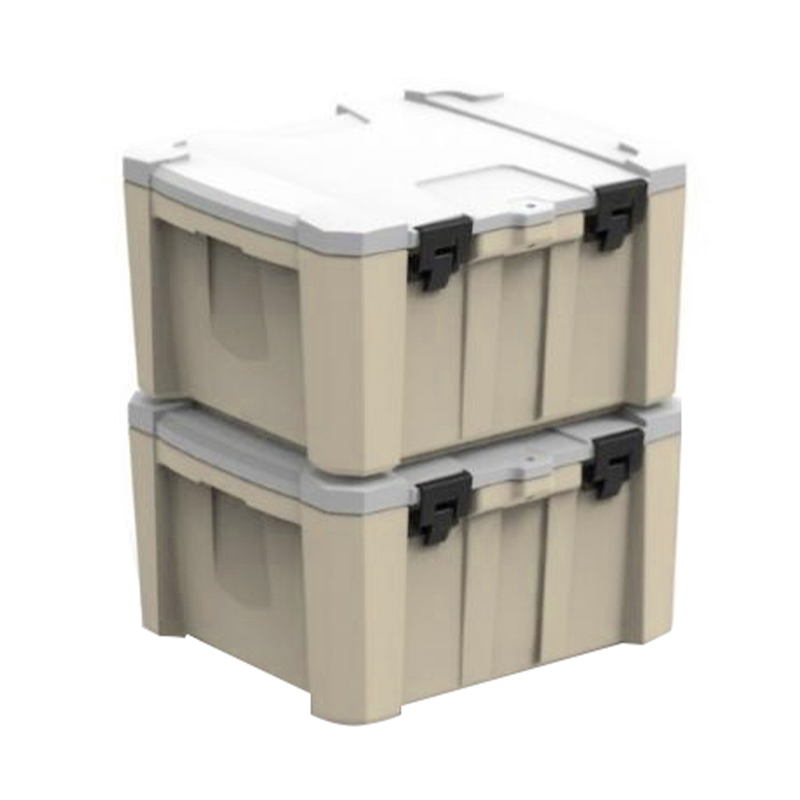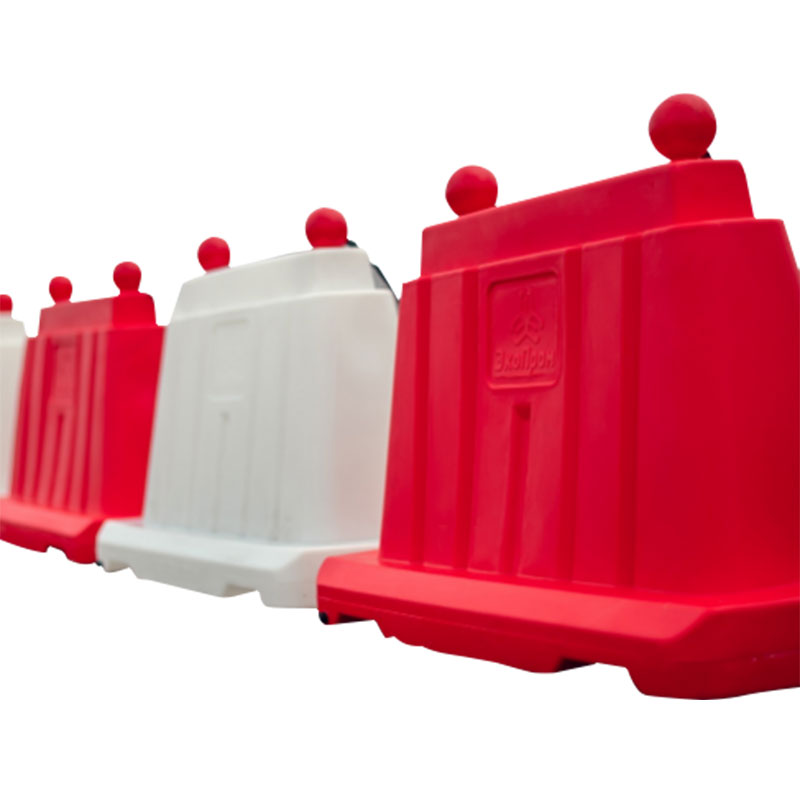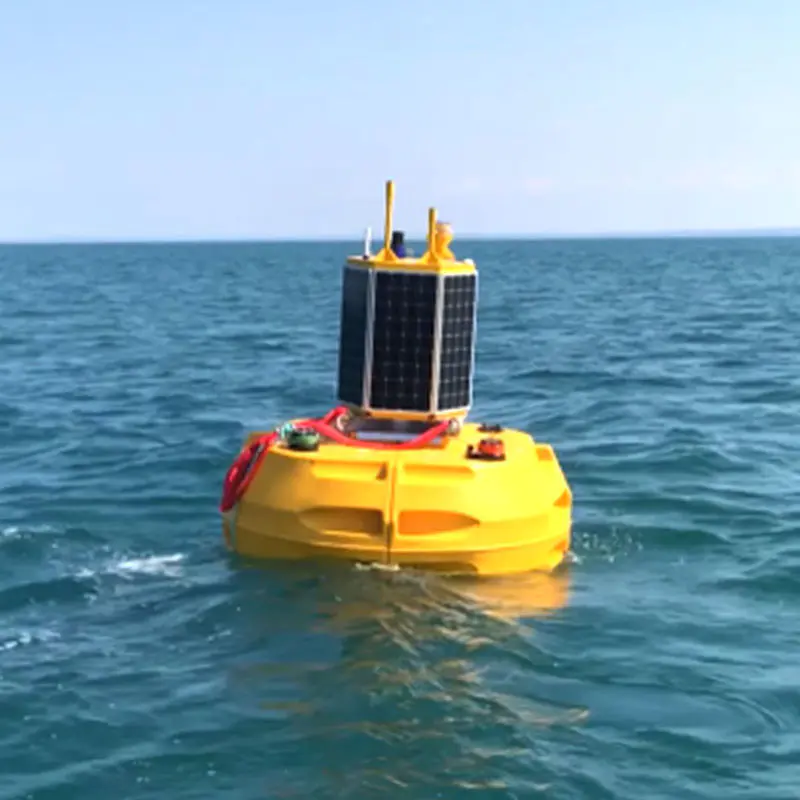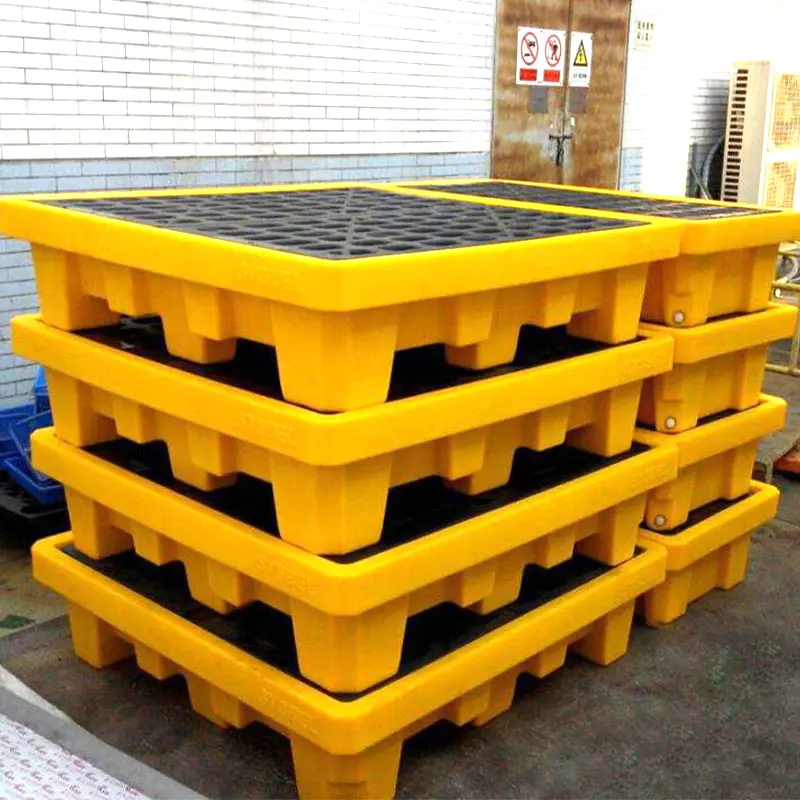Roto-molding, also known as rotational molding, rotational molding or rotational molding, is a hollow molding technology designed for thermoplastics. In the manufacture of automobile fuel tanks, the roto-molding mold plays a vital role. It not only determines the shape and size of the fuel tank, but also directly affects the wall thickness distribution, surface quality and overall performance of the fuel tank. Therefore, choosing a suitable roto-molding mold is crucial to ensure the efficient production and product quality of automobile fuel tanks.
The working principle of the roto-molding mold is relatively intuitive but not without precision. First, a certain amount of powdered resin (usually thermoplastics such as polyethylene) is loaded into a cold mold. Then, the mold is placed on a roto-molding machine, which drives the mold to slowly revolve and rotate around two mutually perpendicular shafts. At the same time, an external heat source heats the mold, causing the resin powder to gradually melt and evenly coat the entire mold cavity surface with its own gravity. Finally, after cooling and shaping, the fuel tank is demolded from the mold to form a hollow seamless product.
Key points of rotomolding mold design
Mold structure: Rotomolding molds are usually shell-shaped, composed of upper and lower half molds. They are thin-walled, evenly distributed, and lightweight. In mold design, simplicity is crucial, which directly affects the fluidity of plastic in the mold. Therefore, complex structures such as overly deep cavities and holes, as well as reinforcing ribs and solid protrusions should be avoided as much as possible to ensure that powdered raw materials can flow smoothly in the mold cavity.
Clamping structure: The clamping structure of the mold should be easy to open and close so that it can be kept tight during heating and cooling, and can be easily opened when loading and unloading materials.
Material selection: Although rotomolding molds do not have high material requirements, thermal conductivity is crucial. Most rotomolding molds are made of 2~5mm steel plates to ensure good thermal conductivity and mold stability.
Exhaust design: An air duct should be set in the mold to prevent the molten plastic from being squeezed out of the mold seam due to gas expansion during heating, and to avoid deformation of the mold and product caused by negative pressure in the mold during cooling. Small and medium-sized molds often vent through the parting surface, while large molds need to be specially equipped with vent holes, but the aperture should not be too large to prevent the product from being difficult to demold.
How does rotomolding mold ensure efficient production of fuel tanks
Improve production efficiency: The design of rotomolding molds fully considers the optimization of production processes. Through reasonable mold structure and clamping design, the mold can be quickly loaded and unloaded and positioned, thereby shortening the production cycle and improving production efficiency. In addition, the rotomolding process itself is also efficient and energy-saving, which can further reduce production costs.
Achieve mass production: Rotomolding molds can produce fuel tank products with complex shapes and precise dimensions. By adjusting the size and shape of the mold, mass production of fuel tanks of different models can be easily achieved. This is undoubtedly an efficient and economical production method for automobile manufacturers.
How does rotomolding mold ensure the product quality of fuel tanks
Ensure the sealing of fuel tanks: The fuel tanks manufactured by rotomolding molds have the characteristics of one-piece molding, seamless and non-welded. This structure makes the fuel tank less likely to leak when under pressure, thereby effectively ensuring the sealing of the fuel tank. This is crucial for the safe operation of the car.
Improve the corrosion resistance of the fuel tank: Roto-molded fuel tanks are usually made of polymer materials such as polyethylene, which have excellent corrosion resistance. The roto-molding mold can further improve the corrosion resistance of the fuel tank by precisely controlling the wall thickness and surface quality of the fuel tank. The roto-molded fuel tank can maintain its structural integrity and stability even in harsh chemical environments or when exposed to different types of fuel.
Enhance the impact resistance of the fuel tank: Roto-molding molds can produce fuel tank products with high strength and durability. By optimizing the design and process parameters of the mold, the fuel tank can be made less likely to break when subjected to collisions and external force impacts. This is of great significance for improving the safety performance of the car.
Realize the lightweight of the fuel tank: Roto-molded fuel tanks have a lighter weight than traditional iron fuel tanks. This can not only reduce the overall weight of the car and improve fuel economy, but also reduce the inertial force during the driving process of the car and improve the handling performance of the car. Roto-molding molds can achieve lightweight design of the fuel tank by precisely controlling the wall thickness and shape of the fuel tank.

 English
English 中文简体
中文简体 русский
русский Español
Español